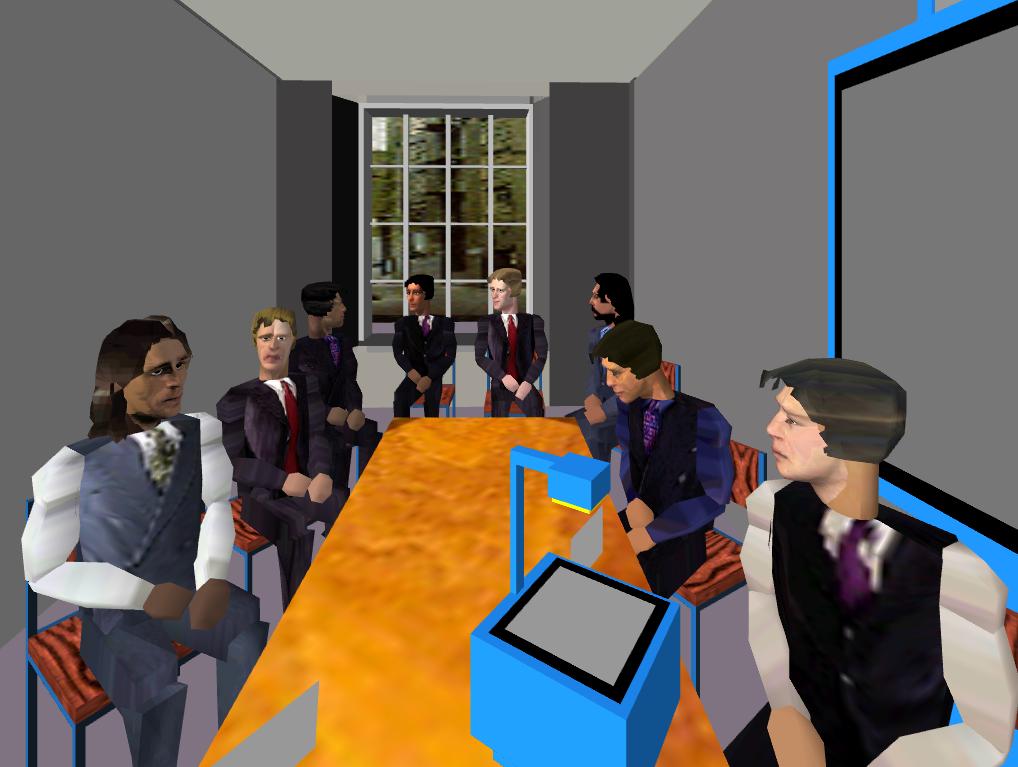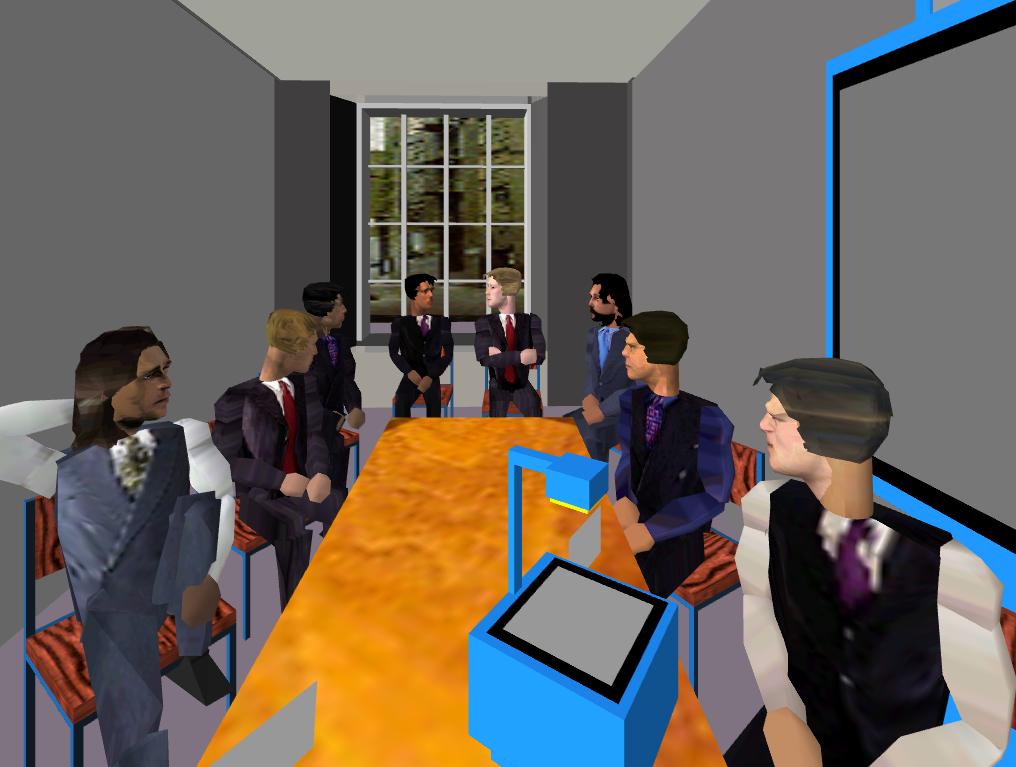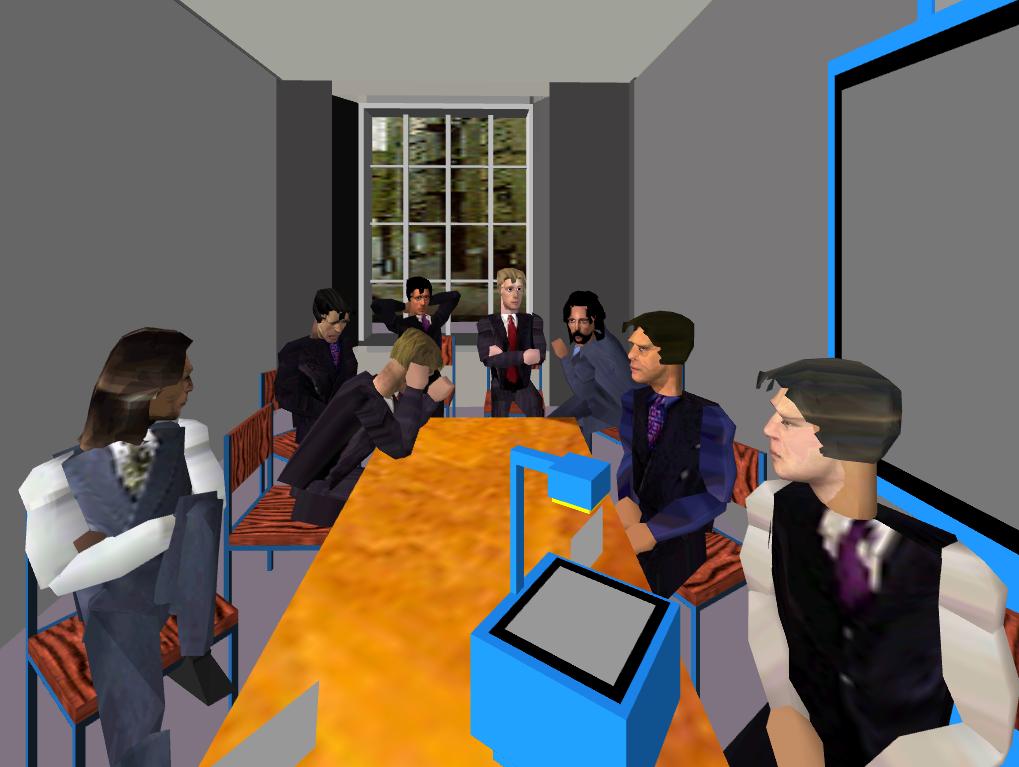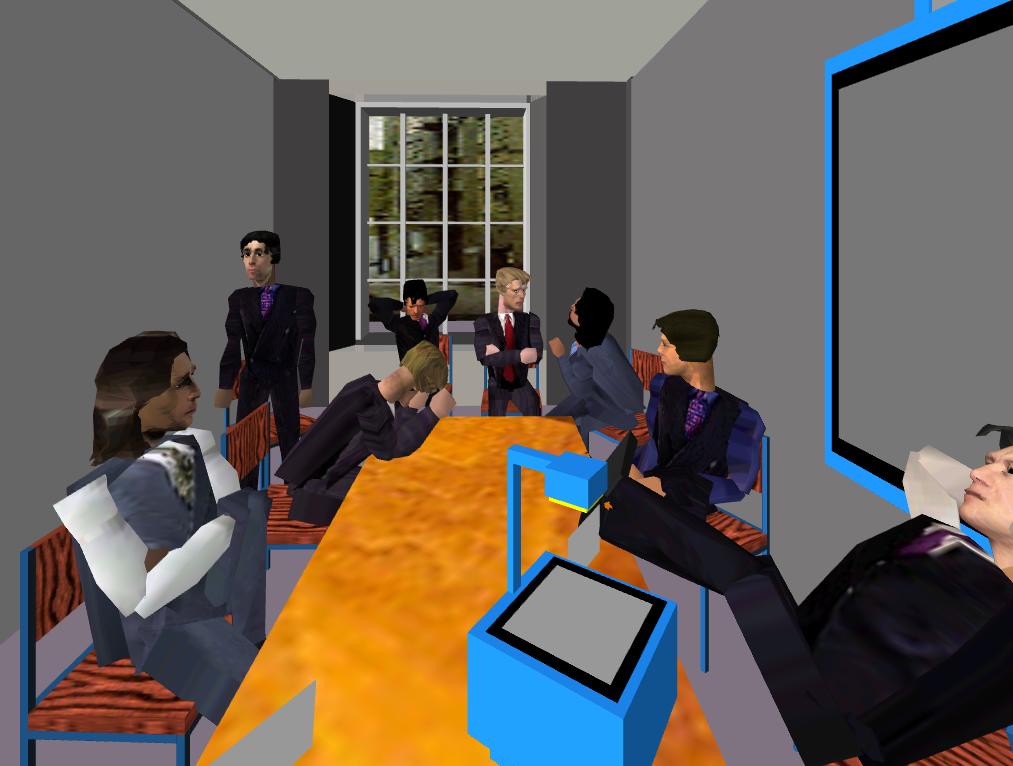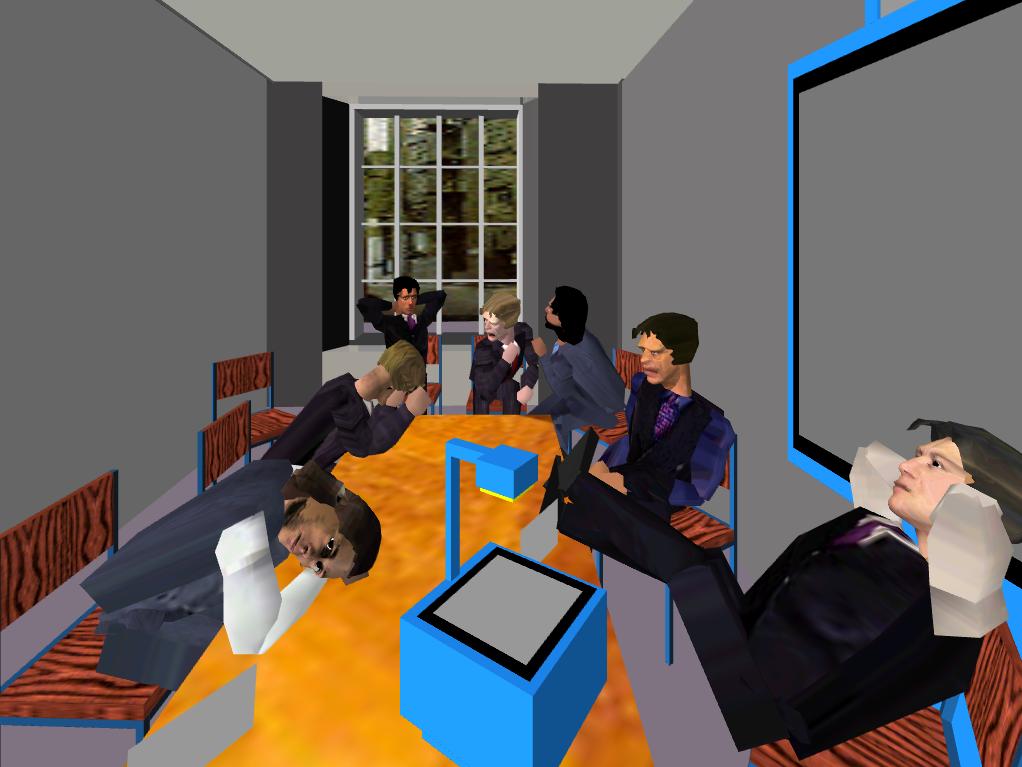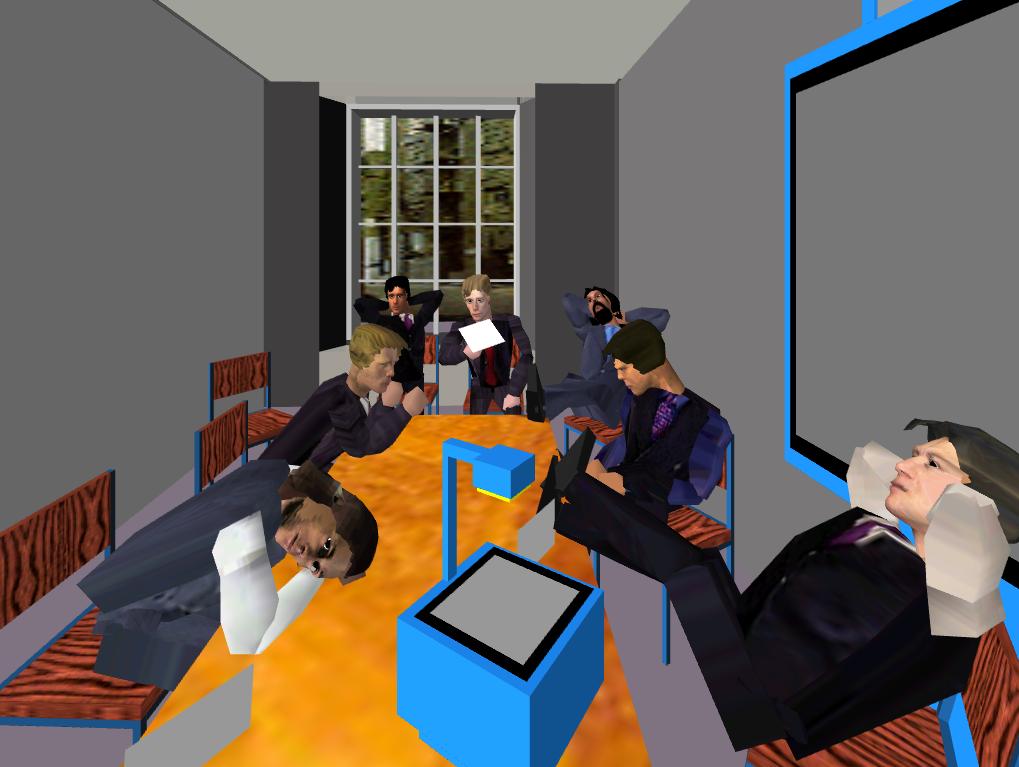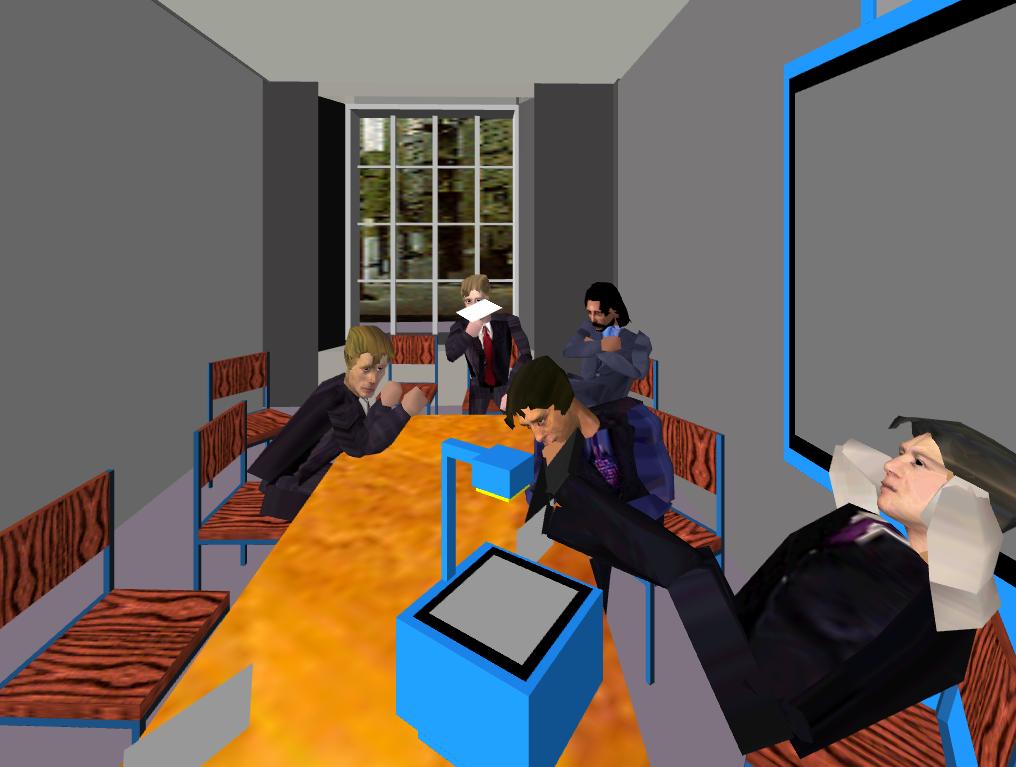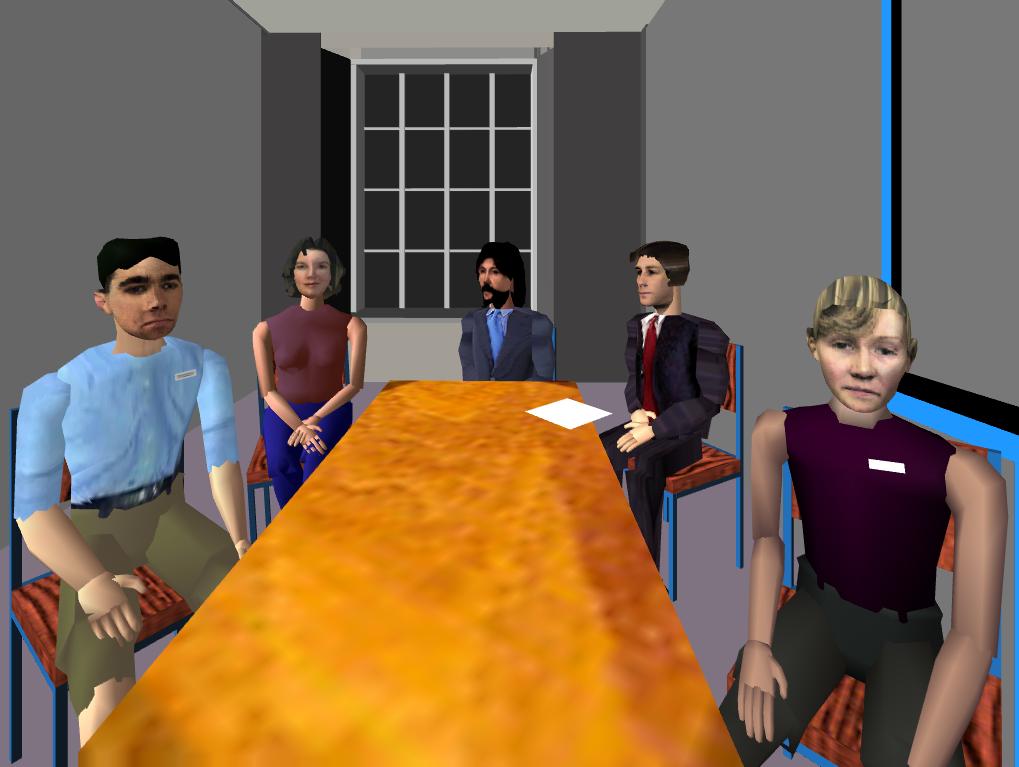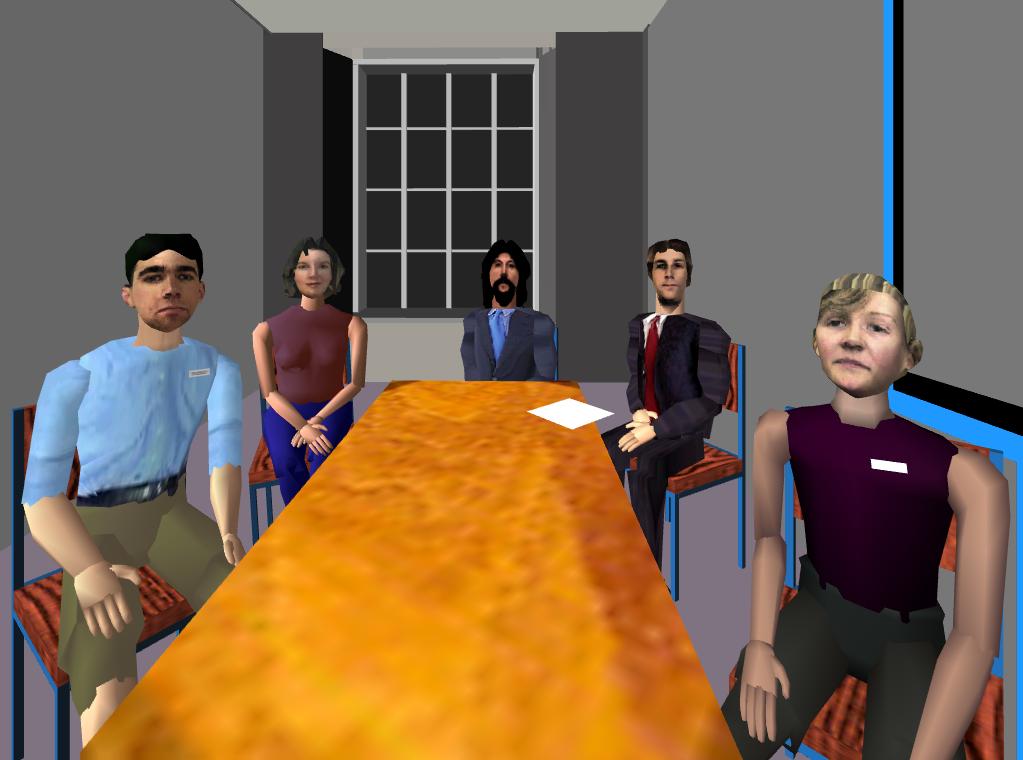31 August 2007
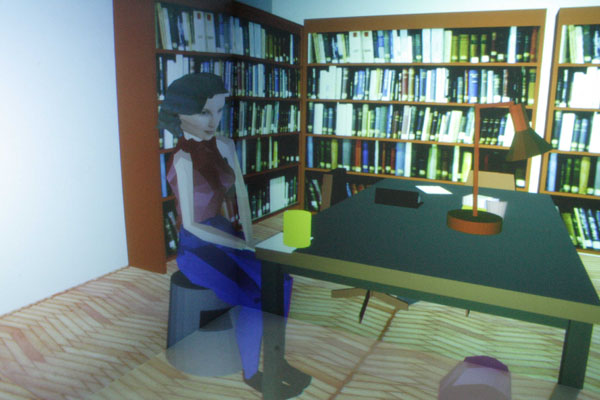
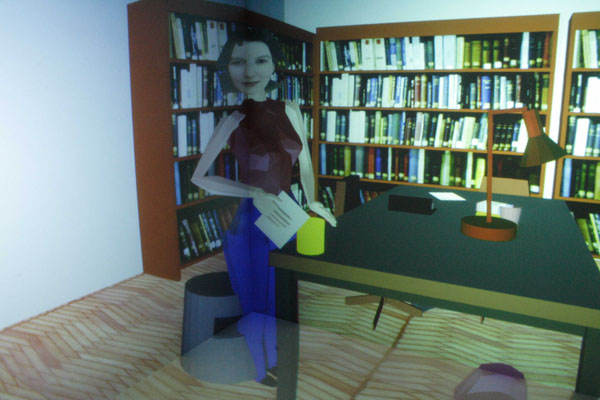
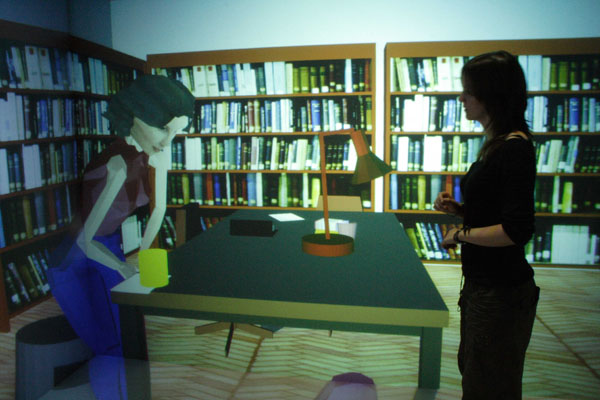
digital photos by David Swapp
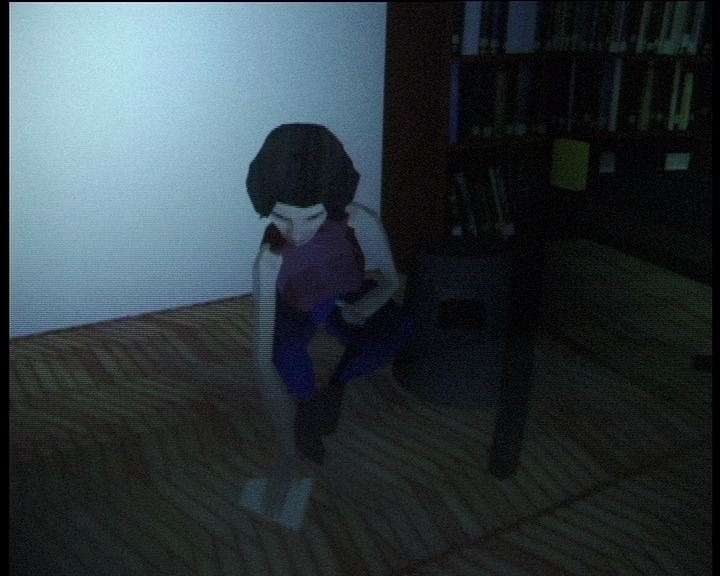
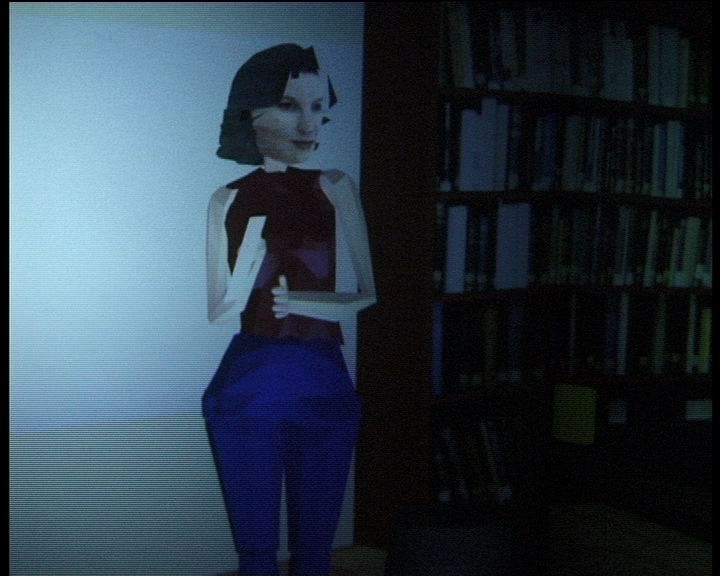
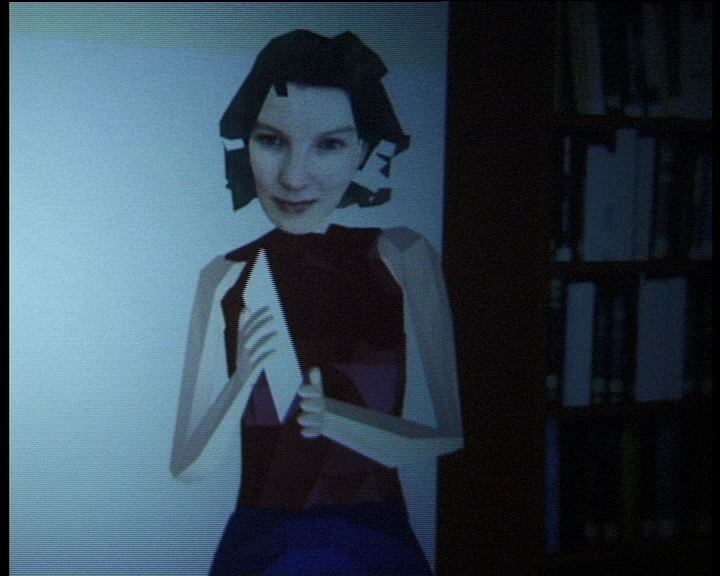
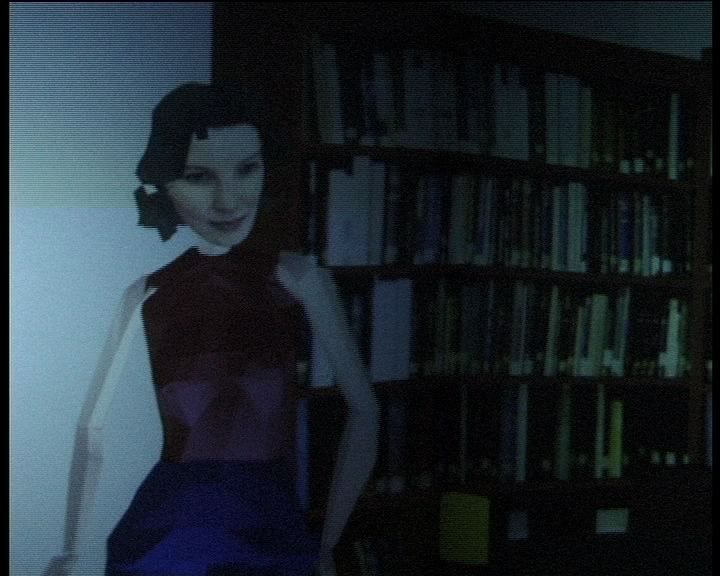
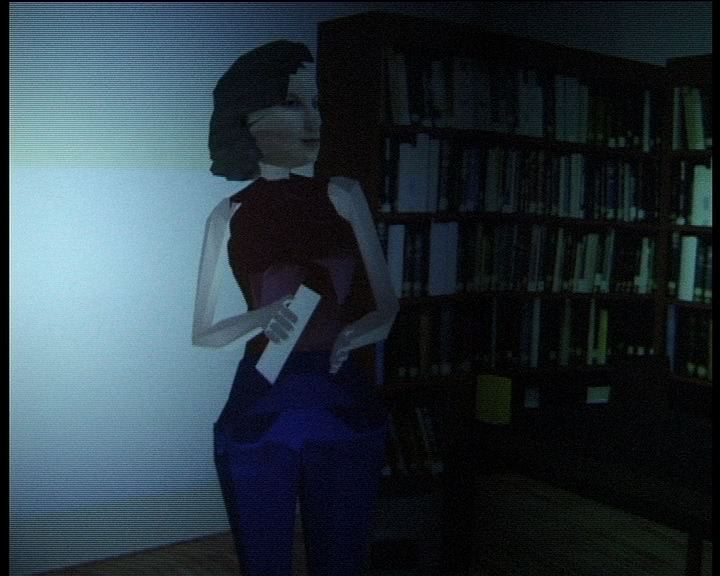
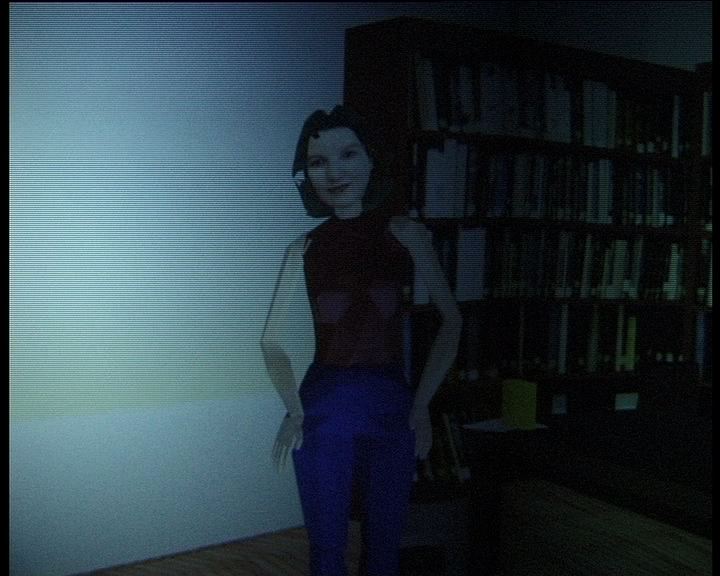
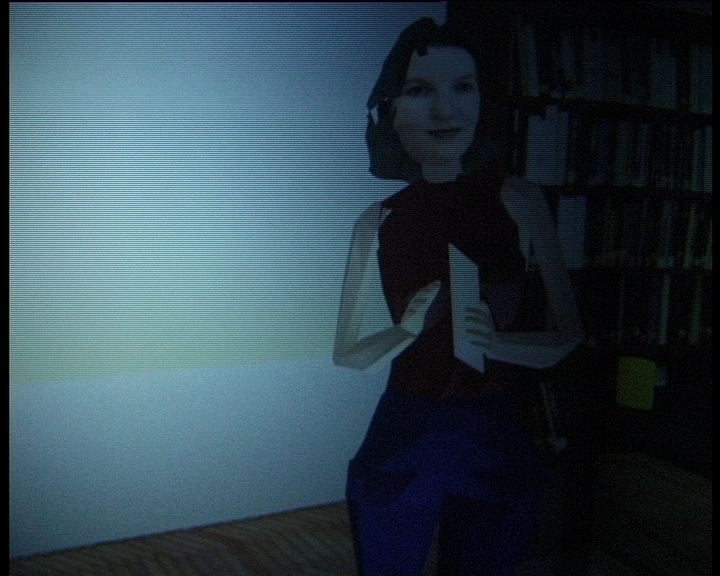

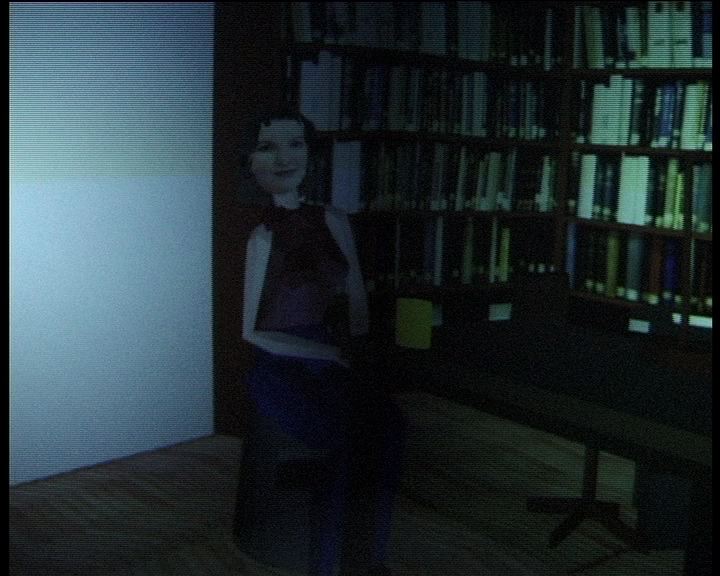
video stills by Peter Hulton
20 June 2006
We have now had our first meeting for the first CAVE exercise.
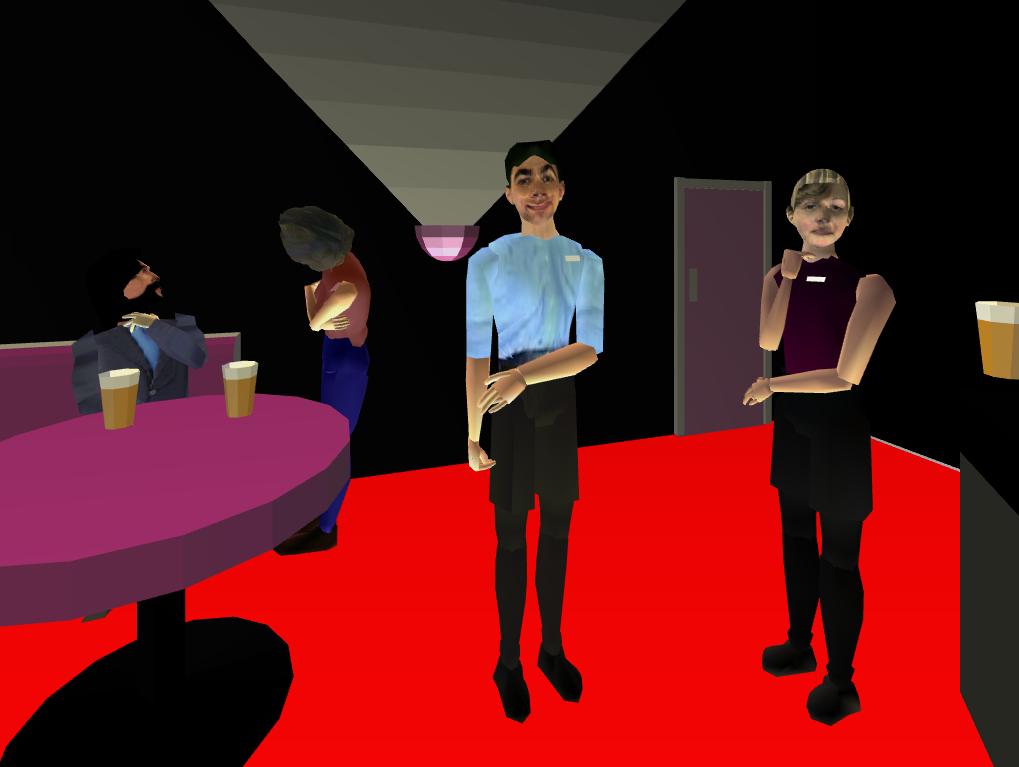
The meeting was at UCL with Nick Kaye, Mel Slater, David Swapp, Marco Gillies and myself, Gabriella Giannachi. Xueni Pan demonstrated her emphatic avatars project and Marco Gillies showed us his experiment set on a simulated underground train ('The Tube') on non-verbal interaction. Both inspiring in terms of what we can now do in CAVE. We also looked at how the emphatic avatars behaved in a bar context.
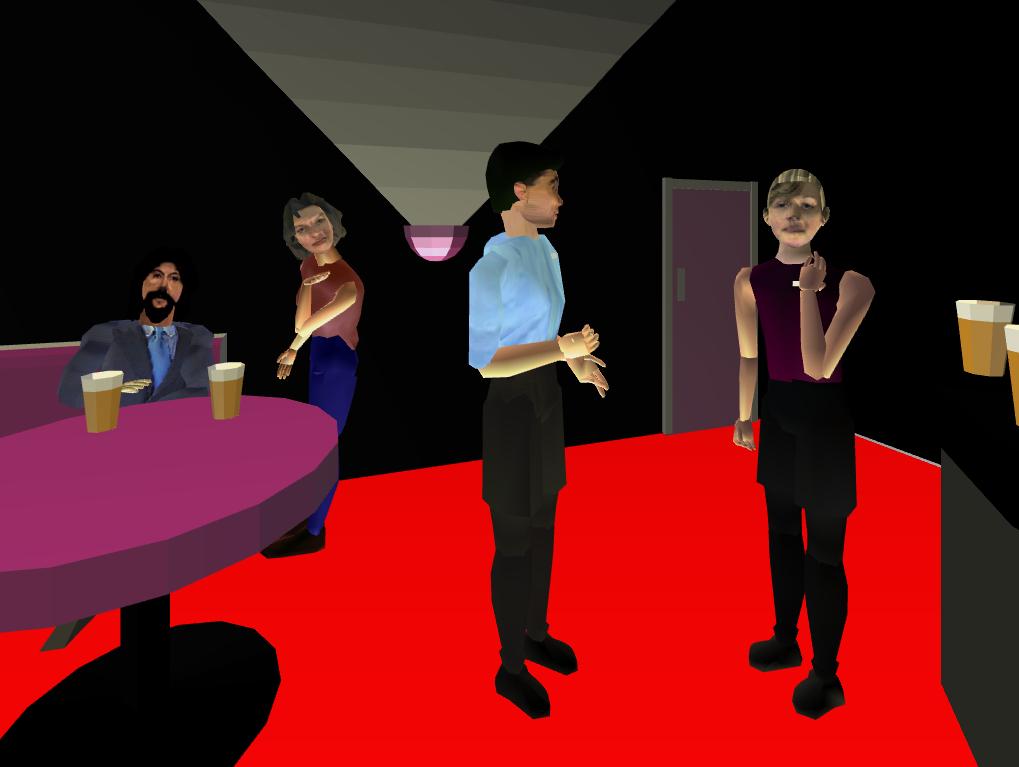
I was surprised at how sophisticated the agents had become in the period of one and a half years that I had been absent from the CAVE at UCL.
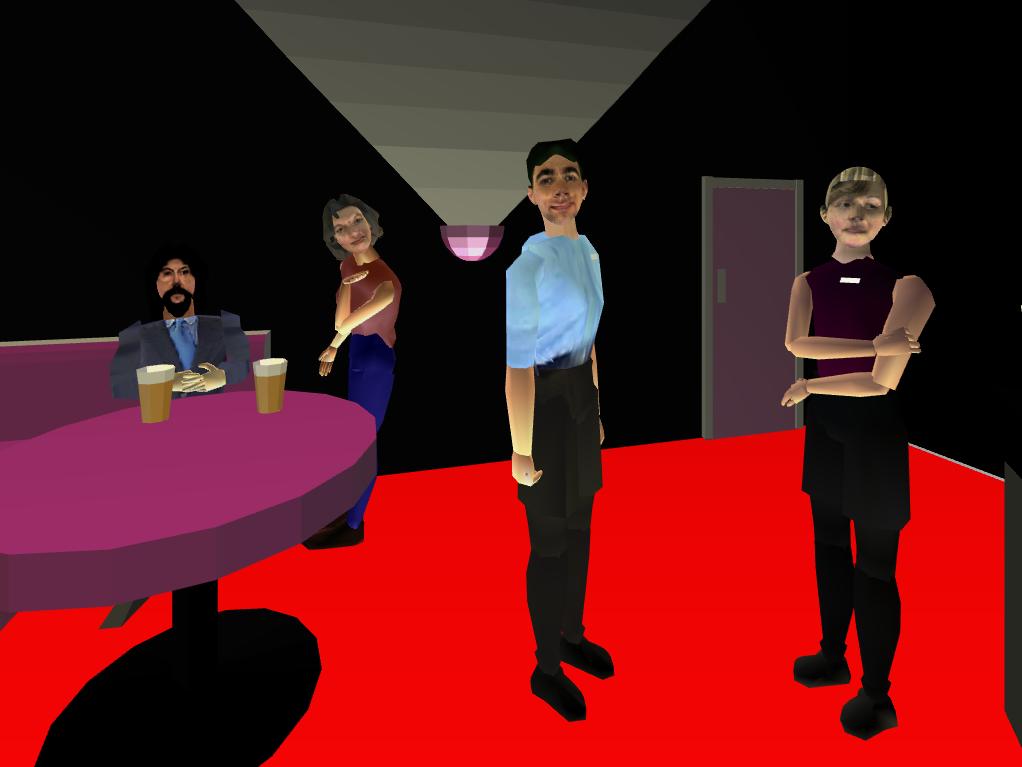
Looking at Nick Kaye, chatting away with one of the agents, I wondered whether I would have been able to tell, had I not know anything about where we were, that he was talking to an agent rather than another human being. To me, his voice, and even manners, seemed just the same as in real life.
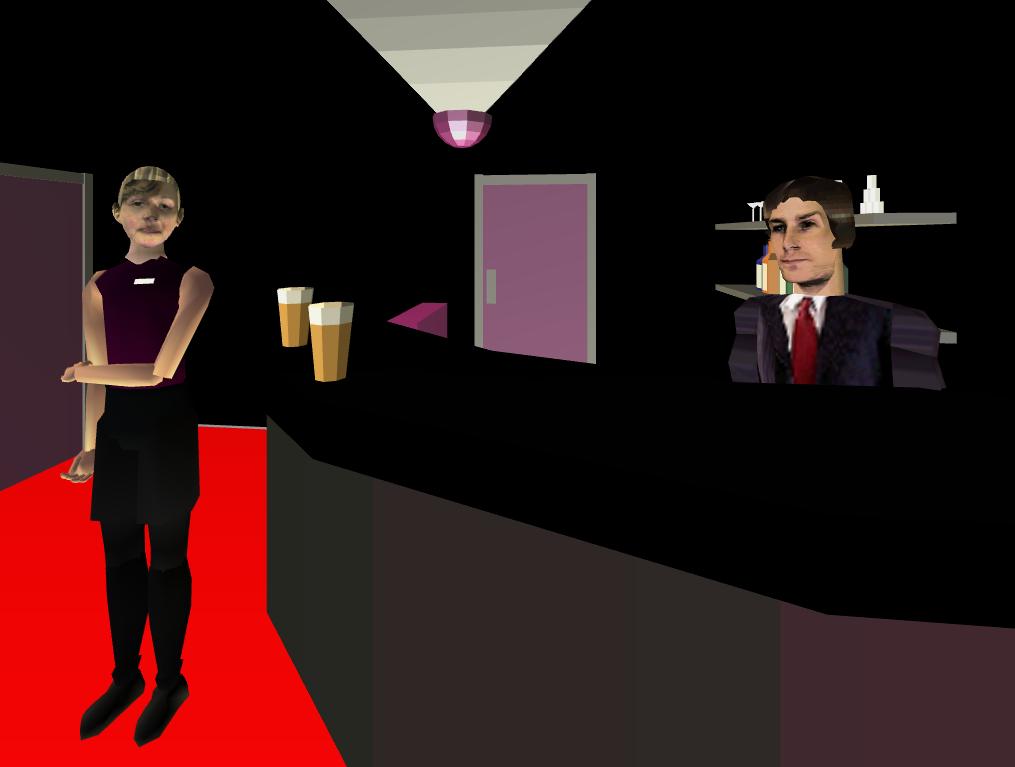
I am reminded of Maria V. Sanchez-Vives and Mel Slater's opening statement for 'From presence to consciousness through virtual reality'
'(f)rom a cognitive point of view, you know that there is nothing there, but, both consciously and unconsciously, you respond as if there is. This paradox is at the root of the concept of presence.' (2005: 332)
After looking at a number of CAVE programmes we decided that we will be using a library setting and a series of agents and avatars from different programmes. We may also be using a motion tracking system that Marco Gillies demonstrated, but the fine details of the exercise are yet to be resolved.
Marco Gilles showed us some agents that he is using for a different project. I found the avatars wonderful but all too young and beautiful! and Marco explained how difficult it is to simulate these kinds of 'imperfections'. I found this issue fascinating and remembered, from the Future Face exhibition [link] Alceu Baptistão's 'Kaya' and how it was claimed that he had made her more believable via a series of small aesthetic 'imperfections'. I wondererd then, again, what qualities we were looking for in agents and avatars? Our own? or not our own?
We decided that we are to proceed with our own research questions, of course, but for reasons particular to this experiment we will not be disclosing certain aspects of the process prior to the evaluation. This will make writing these pages tricki...
Marvin Minsky defines telepresence as 'feeling that you are actually "there" at the remote site of operation' while presence in VR is 'feeling like you are present in the environment generated by the computer' (1980: 120)
